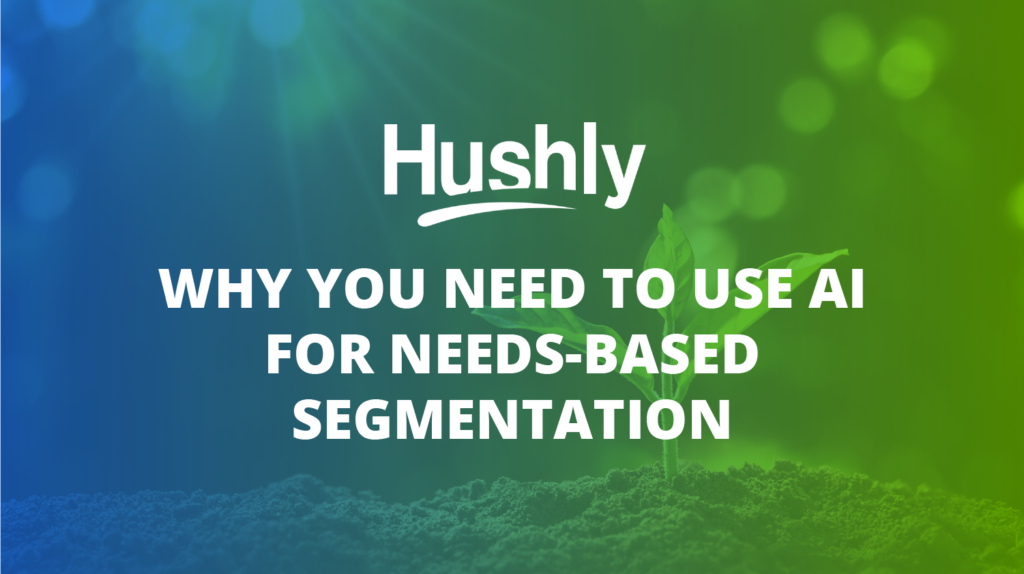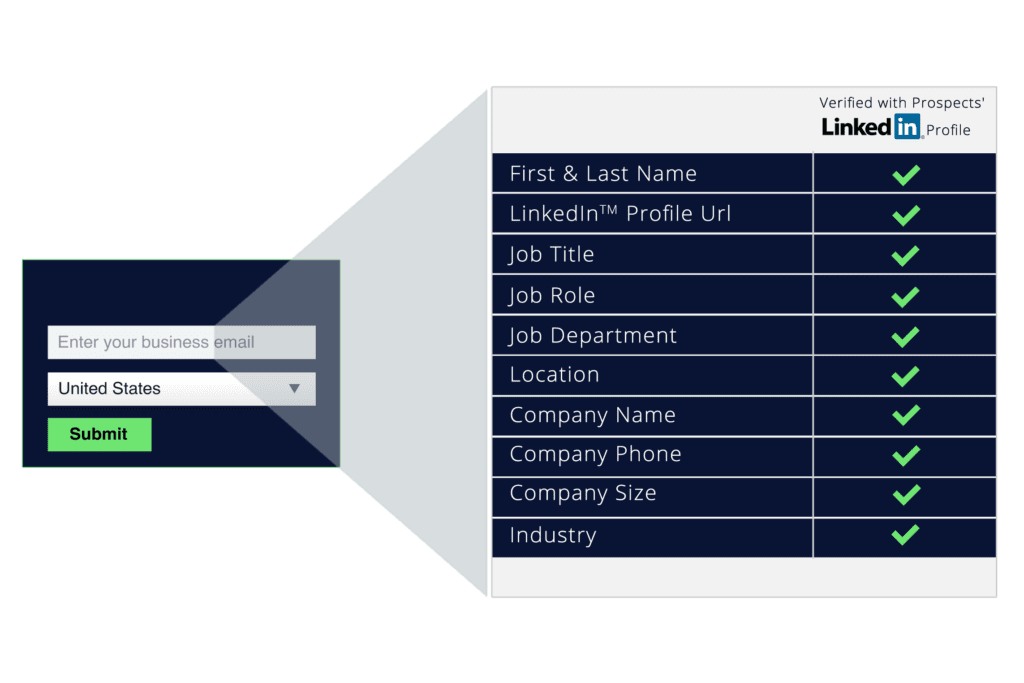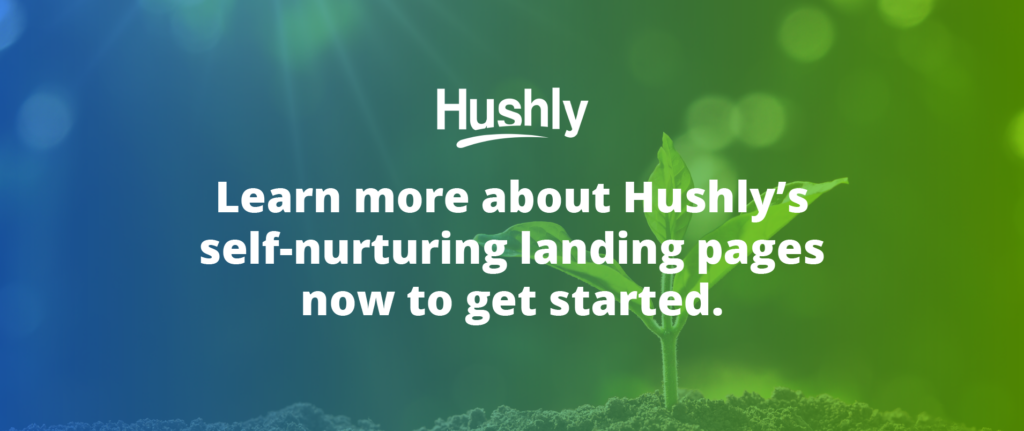On the surface, needs-based segmentation sounds intriguing and effective.
Why wouldn’t you want to segment your leads and audience based on their needs?
Once you do that, you can create effective content, distribute it, and nurture leads towards a purchase.
Unfortunately, things don’t work out so seamlessly in practice. Here’s a look at why segmenting your audience by needs often goes wrong and what you can do instead.

What is Needs-Based Marketing?
As a concept, needs-based marketing involves segmenting your audience based on their unique problems, concerns, and potential solutions.
Seems simple enough, right? You do some reconnaissance, figure out what your audience wants, and target them with relevant content.
Here’s the biggest problem (or problems) with manual needs-based segmentation in B2B. The buyer’s journey isn’t linear. Plus, the company needs change – sometimes even while they’re going through the buying process and conducting research.
On one hand, segmenting your audience based on needs is indeed effective for creating relevant content. You can learn about your leads and potential future leads to develop hard-hitting content for them.
Once it comes time to distribute the content, however, manual needs segmentation isn’t enough.
To top it off, needs segmentation for content creation is only as good as your worst intel. If your data isn’t accurate – and for 62% of B2Bs, it’s not – that throws off your content creation strategy.
Why is AI Vital for Needs-Based Segmentation in B2B?
No matter how you slice it, when you segment your audience to deliver content, you’re working retroactively.
Instead, artificial intelligence can provide your visitors with relevant content based on their behavior, intent data, and behavior of similar past visitors.
In other words, every visitor still gets a needs-based experience because the AI system can pinpoint everything faster and more effectively than a human. Here’s a quick look at some of the algorithms:
- Content similarity models: The algorithm watches what a visitor consumes on your site and recommends similar pieces of content.
- Collaborative filtering: The algorithm looks for patterns in the current user, compares it to behaviors of previous visitors, and recommends similar pieces of content.
- Session-based similarity: The algorithm follows the path the visitor takes and recommends relevant pieces of content based on the sessions of previous visitors.
But AI doesn’t just help you distribute content. It can also help you remove fake leads and purge bad data from your system.
40% of B2B databases contain massive problems like duplicate fields, missing entries, or outdated information. That causes massive problems when you try to use the data to base your content marketing strategy.
Instead of collecting a ton of information from leads, all you need is an email address. AI will use publicly sourced information to finish the rest. Plus, it can update as things change so you’re always working with fresh and exact data. Here’s a snapshot:

How to Use AI for Seamless Behavioral Segmentation, Value-Based Segmentation, and Needs-Based Segmentation
If you’re not using manual (human) needs-based segmentation, how can you provide your leads with the personalized experience they expect?
Research shows 85% of buyers will completely dismiss a brand that doesn’t personalize the very first touchpoint. So what can you do to meet this need?
AI offers a few solutions to personalize every visitor experience with content recommendations. Here are a few tools you can use almost immediately.
Adaptive Content Hubs
Most blogs don’t work well with broad personalization strategies. When a visitor finishes reading a blog post, they must scroll backward through your content or browse different broad categories until something sparks their interest.
Instead, adaptive content hubs use artificial intelligence to learn about every visitor’s needs and provide personalized content recommendations.
You don’t have to follow up with leads through email quite as aggressively because they can research, learn, and educate themselves while they’re still on your page through personalized recommendations.
Self-Nurturing Landing Pages
Self-nurturing landing pages function similarly to Netflix. Instead of leaving your visitors at a dead-end and single call-to-action, self-nurturing landing pages offer your leads a continuous stream of personalized content recommendations.
Yes, it’s kind of hard to comprehend because traditional marketing tells us every landing page needs one CTA to demand instant conversions.
However, it’s important to acknowledge that over 90% of your visitors aren’t ready to commit so you need to give them the tools to nurture while they’re still on your site.
Plus, the AI system instantly identifies intent, needs, and stage of the buying cycle so it can choose content that gently guides your visitors towards a conversion.
Personalized Exit-Intent Popups
Exit-intent popups are effective but most B2Bs don’t use them properly.
No one wants to fill out a lead magnet form as they’re trying to navigate away from your website.
Instead, AI gives them a personalized popup with content recommendations. Again, the algorithms use behavioral data to detect needs, interests, and intent so it can choose content that both reduces bounce rates AND nurtures your visitors towards a purchase or lead conversion.
People are much more likely to stay on your site and eventually hand over an email address for follow up correspondence when you aren’t asking for their personal details.
Human Lead Verification
As discussed a little above, human lead verification makes sure you’re only collecting highly qualified leads and accurate data.
The beauty here is that you don’t have to ask leads for a ton of personal information like their phone number, company name, and job role. All you need is a business email and country.
Instead, the AI uses public information on LinkedIn to build comprehensive profiles AND weed out fake leads at the same time.
Use AI to Create the Valuable and Personalized Experience Your Leads Expect
Hushly AI allows you to harness the power of artificial intelligence and machine learning to provide every visitor – whether known leads or anonymous browsers – with unique experiences.
You can easily add features like adaptive content hubs, self-nurturing landing pages, and personalized exit-intent popups to your site right now and watch lead conversions skyrocket by 51% guaranteed!



